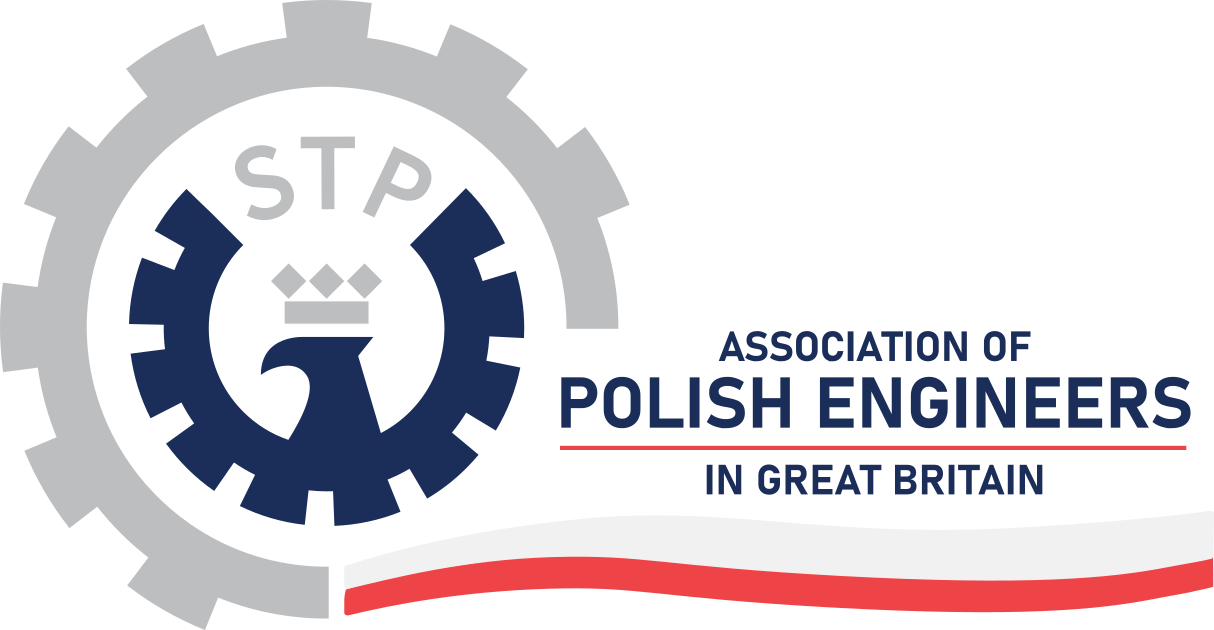Becoming a chartered engineer - how to get the CEng?
Getting chartered while working in Poland in the building services field (mechanical, electrical, public health) is very important. Some of you might wonder how the process of getting chartered compares in the UK to Poland.
There are a few institutions that offer the route to chartership. One of them is CIBSE (Chartered Institution of Building Services Engineers). Today, we will review the route to getting chartership if you hold a Master's degree (the route varies if you have a Bachelor's degree or professional experience without a higher degree).
To apply for the MCIBSE (Member of CIBSE), which will result in the Chartered Engineer title (CEng), you are advised to have a minimum of 10 years of experience in the building services field. However, that includes the time when you were studying.
So, we've established that you have a Master's degree in the engineering field, you started university at least 10 years ago, followed by working in the building services field, and you have regularly attended CPD sessions (Continued Professional Development). What can you do next?
There are a number of documents you need to prepare before you submit the application, listed below:
1. Copy of your MEng/MSc diploma.
2. Employment Details – this basically is your CV. You need to list the companies you have worked for and specify your responsibilities.
3. Organization Chart – you can ask your HR or bid team within the company to prepare the company/team chart, which clearly indicates your position within the team.
4. Demonstration of Competences – references from your employer. Make sure that you choose someone who is chartered within the same organization and has known you for at least one year.
5. Engineering Practice Report (EPR) – this is the biggest piece of work you will be required to prepare. The report should contain between 3000 and 4000 words and cover all competence criteria listed in the table on pages 9-15 in the link below. There are 17 criteria you need to include in your report. Let’s assume you’re aiming for 3500 words in total. That gives you approximately 200 words per criteria. Of course, you can write a bit more about criteria A2 and less about E4, but let’s try to keep it consistent.
https://www.cibse.org/media/cv5bx2hh/mcibse-application-guidance-2021.pdf
Okay, so you have written your EPR and prepared all additional documents listed above, what’s next? It’s time to apply! CIBSE holds 2 sessions per year, the first one with an application deadline on 1st February, and the second one on 1st of August. You need to upload all your documents online, pay for the application, and… wait. Within 4-8 weeks, you will receive an email with the provisional interview date. At that point, the interviewers are still reviewing your documents. The confirmation if you are eligible to attend the interview will come within the next couple of weeks. For example, I submitted my application before 1st February. On 18th March, I received the provisional interview date, with the confirmation that my documents were accepted on 26th March. My interview has been scheduled for 10th April.
How does the interview look like? The meeting is held via Teams. You start with a 15-minute presentation, summarizing your experience and the most important points from your EPR. For the next 45 minutes, the interviewers will query if what you have written is true and if you have relevant experience to be awarded the chartered title. Following all the interviews, the panel of interviewers will gather, in this case at the end of May, and decide if you passed or failed. If you’re unlucky, you will get the next chance within the next couple of months. You don’t need to re-write your EPR in that case, just show up for the next interview. If the interviewers decide that you are qualified, you will receive the email mid-June – congratulations, you’re now a chartered engineer.
Let’s add those extra letters to your surname. #CEng #MCIBSE
by Kamila Wiatr
